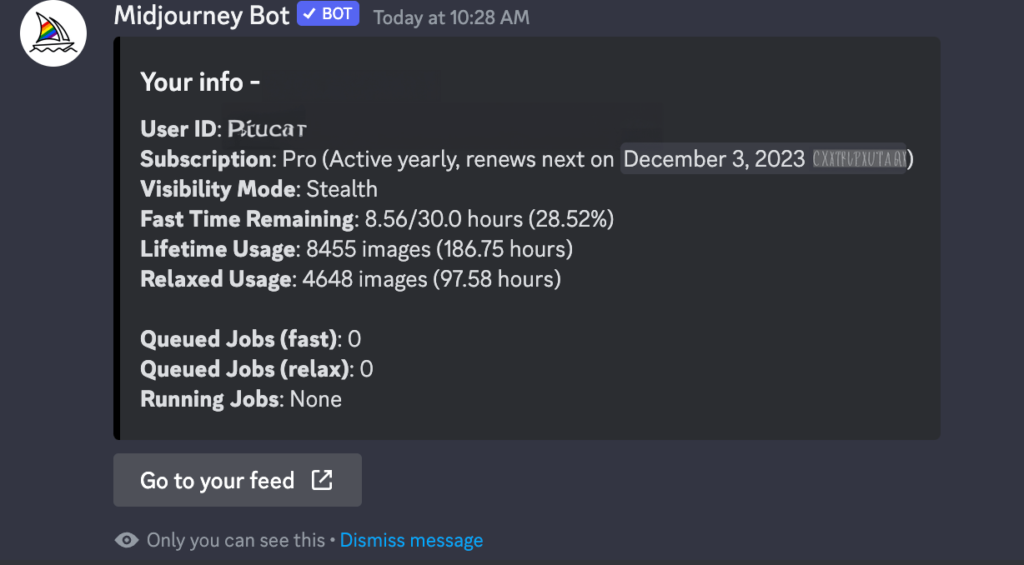In the year 2124, the world as we know it has transformed into a utopian society, marked by groundbreaking technological advancements, environmental rejuvenation, economic equality, global peace, cultural and scientific blossoming, educational innovation, and profound human connection. This is not a fanciful dream but a tangible reality, shaped by years of dedicated effort and visionary thinking.
Revolution in Health and Longevity
In this era, medical marvels have eradicated major diseases like cancer and heart disease. Life expectancy has soared, not just in quantity but in quality. Personalized medicine, powered by advances in genetics, offers treatments uniquely tailored to individual bodies, significantly reducing side effects and maximizing effectiveness.
Environmental Utopia
Humanity has achieved what once seemed impossible: halting and reversing environmental damage. Clean energy technologies are so efficient and widespread that pollution and carbon emissions belong to history books. Cities blend seamlessly with nature, offering green spaces, clean air, and thriving wildlife, creating a harmonious balance between urban life and the natural world.
Economic Renaissance
The global economy in 2124 is a model of efficiency and equity. Automation and AI have liberated humans from menial tasks, allowing careers to be chosen out of passion rather than necessity. Housing, healthcare, and education are universally accessible, fostering a society where everyone contributes meaningfully.
A New Era of Global Collaboration
Nations operate in unison, focusing on cooperative problem-solving. Wars and conflicts are relics of the past. Global challenges like climate change and pandemics are met with swift, effective international collaboration.
Cultural and Scientific Golden Age
Freed from many contemporary constraints, humanity is experiencing a renaissance in arts, culture, and science. Space exploration has entered a new epoch, with discoveries and potential colonization of other planets. Artistic and creative endeavors are flourishing, accessible to all.
Revolutionized Education
The education system in 2124 prioritizes critical thinking, creativity, and emotional intelligence. Learning is a continuous, immersive, personalized journey, accessible to everyone through advanced technology.
Deeper Human Connections
Despite, or perhaps because of, advanced technology, human relationships are deeper and more meaningful. Communities are bolstered by empathy, cooperation, and mutual support.
This vision of 2124 is not just utopian fantasy; it is a beacon of what could be achieved through technological innovation, societal shifts, and a collective commitment to the greater good. While challenges will always exist, this optimistic outlook serves as a powerful motivator for change and a reminder of the potential for human progress.




